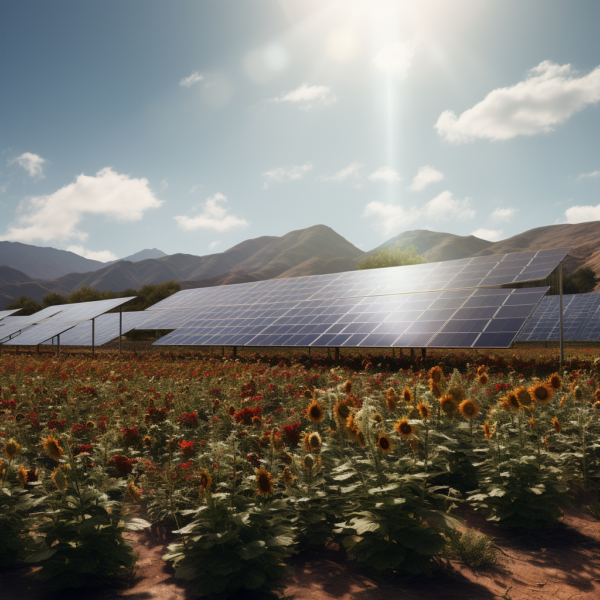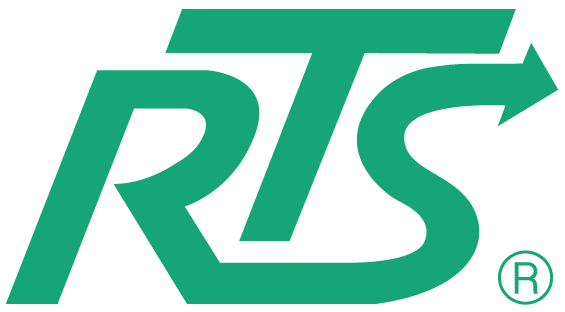Digital Marketing for Green Industries
Elevate Your Environmental Mission
In the rapidly growing field of green and ESG industries, a strong digital presence is essential to communicate your commitment to sustainability and social responsibility. Baltoro specializes in digital marketing for businesses focused on solar energy, green technology, waste management, wildfire education, and home hardening. Our tailored strategies are designed to highlight your environmental impact, educate audiences, and promote initiatives, including government grant programs for wildfire education and home hardening.












Digital Marketing for Green Industries
Why Baltoro for Digital Marketing for Green Industries?
Tailored Strategies for Sustainability
We craft digital marketing plans specifically designed for the green and ESG sector, ensuring your sustainable solutions and initiatives reach a wider audience.
Tailored Digital Strategies
We develop customized digital marketing strategies that cater specifically to green customers ensuring your brand and services engage with your audience.
Effective Promotion of Solar and Green Tech
Our expertise in solar energy and green technology marketing positions your products and services as leading solutions in the renewable energy space.
Data-Driven Insights and Analytics
We provide detailed analytics and performance reporting, giving you valuable insights into your marketing strategies and identifying areas for improvement.
Our Process: Insightful, Impactful, Integrated
Comprehensive Industry & Audience Analysis:
We begin with a thorough understanding of your green or ESG business, its target audience, and market dynamics.
Tailored Website Design & Optimization:
Our team designs a website that effectively showcases your commitment to sustainability and environmental responsibility.
SEO & Content Strategy:
We implement comprehensive SEO and content strategies to enhance your online presence and educate your audience on important ESG topics.
Targeted Digital Campaigns:
Our targeted digital campaigns are crafted to highlight specific areas such as solar energy, waste management, and wildfire education and prevention.
ROI Focused:
We are deeply ROI-focused. Through careful analysis and strategic planning, we ensure that every aspect of your campaigns are aligned with your objectives, delivering measurable results and significant value.
Transform Your Green Business
Champion Sustainability with Baltoro’s Green and ESG Digital Marketing Expertise
Partner with Baltoro to amplify your green initiatives. Let’s create a digital marketing strategy that not only showcases your environmental commitment but also educates and engages your audience. Contact us today to start making a bigger impact in the world of sustainability.


